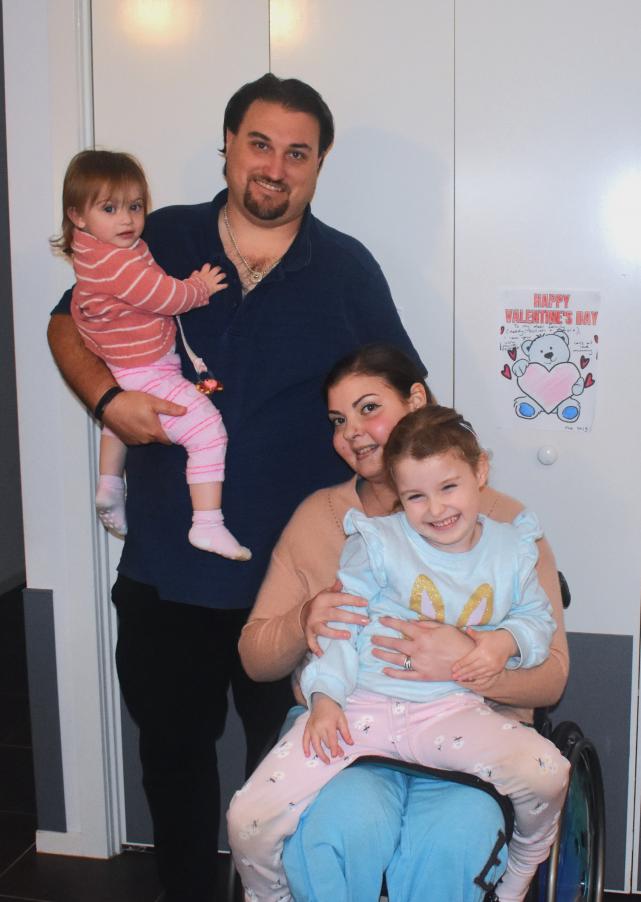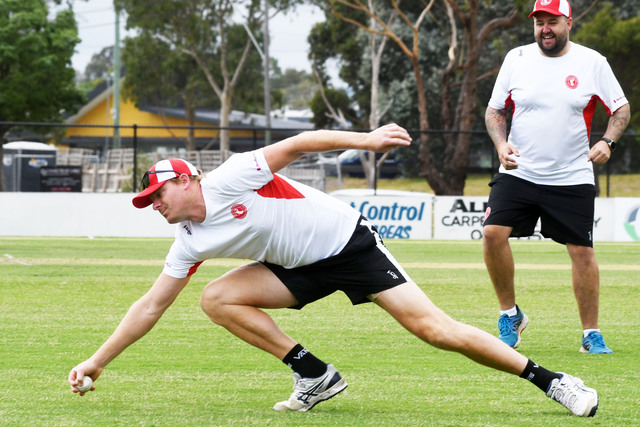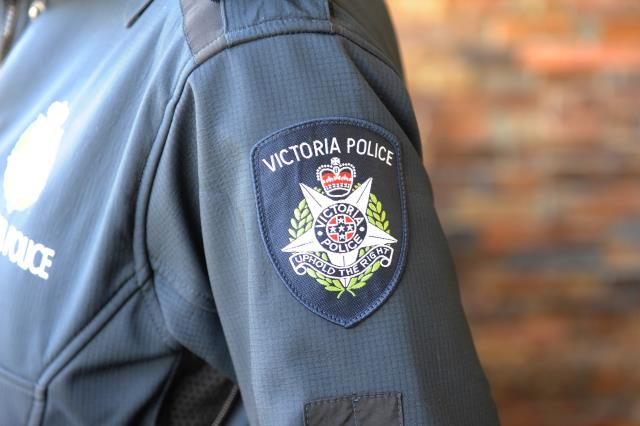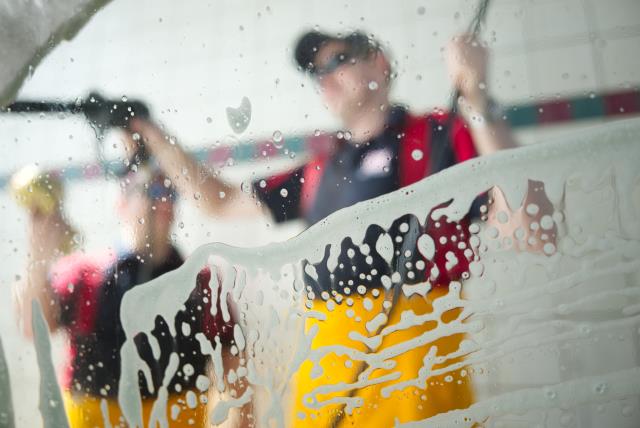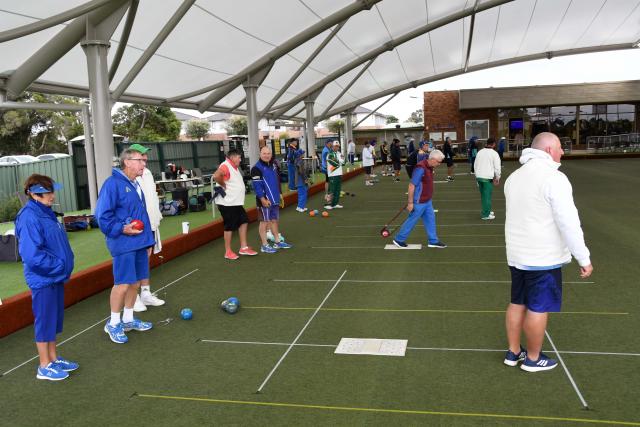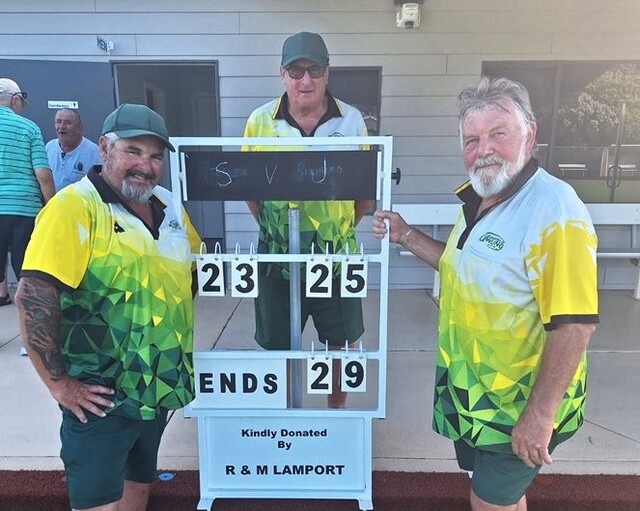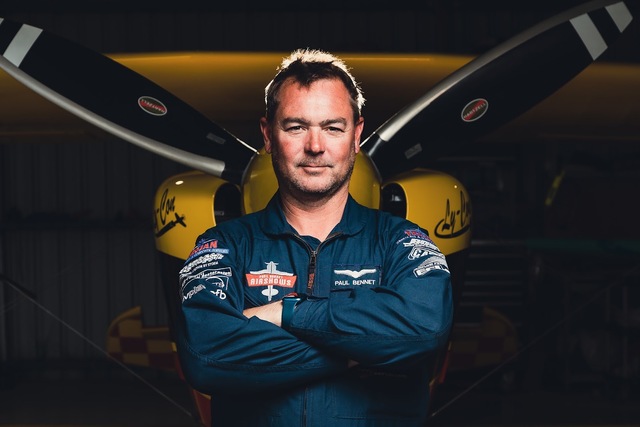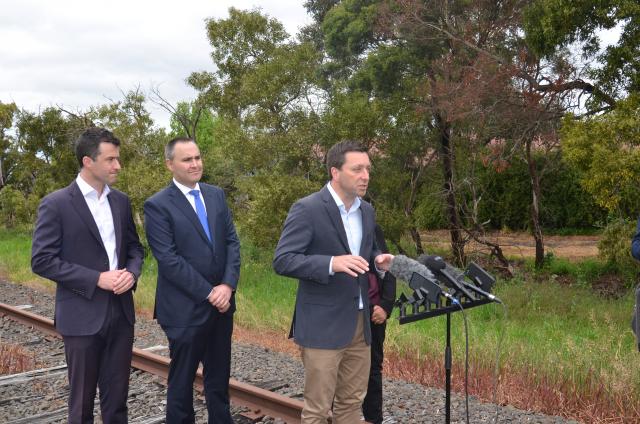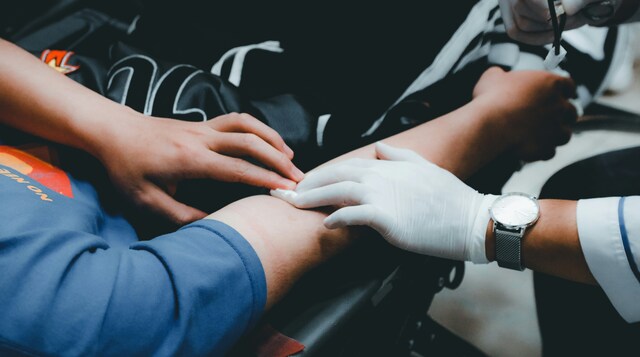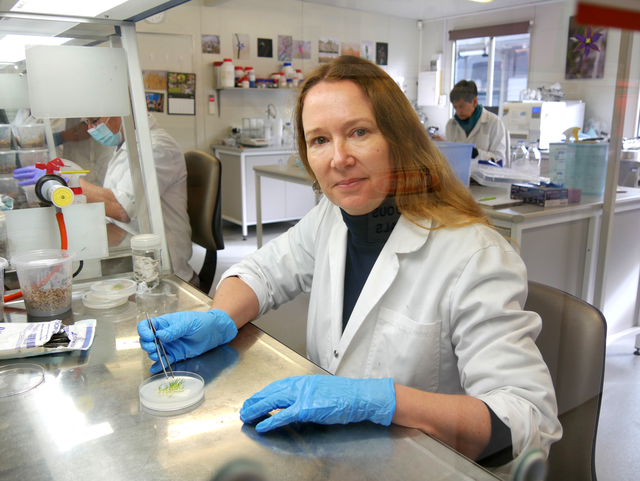Cranbourne East mum Amanda Bell sets the standard for strength in motherhood.
When she was 10 years old, Amanda was left paraplegic following a car accident where a lap belt severed her spine.
“It essentially snapped me in half,“ she said.
“It broke my spine and also did some damage to my bowel.“
Fast forward 30 years and Amanda has two beautiful daughters, 18-month-old Aurora and four-year-old Keziah.
She also has the ongoing support of her loving husband Ben, but the accident follows her still in the form of chronic pain and recurrent bowel problems.
“For 30 years I’ve been sitting down in a wheelchair so I get a lot of migraines, sore shoulders and neck pain.“
Through surgeries, infections, hospital stays and zapped energy, Ben says she “never complains and never stops“.
“[Keziah and Aurora] are very high spirited and when I’m at work Amanda is always on her own with them,“ Ben said.
“She doesn’t complain, she’s always in pain but she just does it.“
The beginning of motherhood held some dire obstacles for Amanda.
While her pregnancy with Keziah went well, her second pregnancy was anything but smooth sailing.
Aurora was intrauterine growth restricted and while regular check ups showed her growing healthily, Aurora was born at only 35 weeks following a C-section.
During the last weeks of the pregnancy, Amanda’s liver had begun to shut down.
“My body had just said ’enough’,“ she said.
“The baby was doing fine but my body just couldn’t do it anymore.“
Six weeks after Aurora’s birth, Amanda was back in hospital, peak Covid, with failing kidneys.
“It was devastating,“ Amanda said.
“Even for able-bodied people [pregnancy] is a lot, and when you’re disabled it just adds another layer of complexity to it.“
It was crucial for Amanda and Ben to find ways to adapt parenthood to their lifestyle.
This included using a modified sit-stand desk as a change table, so the height could be adjusted for Amanda.
The couple also had a small co-sleeper bed attached to Amanda’s wheelchair, so she could have the babies on her lap while still being able to get around the house.
As the kids grew, it became important for Amanda to find ways to stimulate them from home.
Leaving the house was still too risky, as Amanda would be unable to catch her daughters if they decided to run off, as toddlers often do.
“I have dance parties with them. They love to sing and dance and learn through singing and dancing,“ Amanda said.
Amanda also uses hula hoops, obstacle courses, ring toss and other games to entertain the girls and keep them active.
With Keziah in the ’Why?’ stage of childhood, Amanda has also taken to using YouTube videos to answer Keziah’s many questions.
“We ask YouTube questions like why do apples go mouldy and brown and how long does it take,“ Amanda said.
Keziah and Aurora love to sit on Amanda’s lap and ride on the footholds of her wheelchair.
Unfortunately for Amanda, this is an extra 30 kilograms, on top of her own body weight, that she has to try and push around.
This has resulted in the inception of wrist and hand pain for Amanda, adding to the already lengthy list of conditions she diligently smiles through.
In her downtime, Amanda’s favourite thing to do is “lie in bed and watch trash TV“.
Amanda says being a mother doesn’t often give you a chance to “turn off“.
“Whether you’re a stay-at-home mum or a working mum, your brain is always with your kid,“ she said.
“But they teach you so much about yourself.
“My favourite place to be is in bed with one under one arm and one under the other and they’re both asleep looking like angels.“
Keziah loves this too, saying her favourite thing about her mum is the “cuddles“ she gives.

